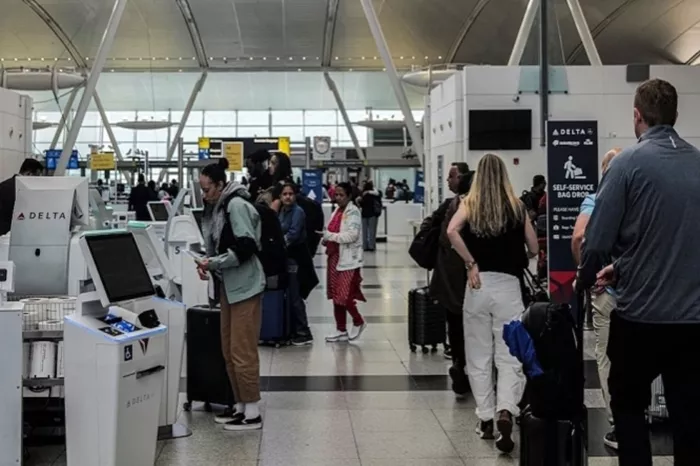Preliminary data from the U.S. National Travel and Tourism Office (NTTO) shows that overseas arrivals to the U.S., the world’s largest economy, fell by 2.8% in May compared to the previous year.
Airfares from Europe to the U.S. have dropped to levels not seen since before the COVID-19 pandemic. Travelers from Western Europe, in particular, are reducing trips to the U.S., a trend expected to continue at least through July.
Travel from Western Europe to the U.S. decreased by 4.4% in May, while travel from Eastern Europe increased by 4.6% during the same period.
Looking ahead, inbound bookings for travel to the U.S. in July are down 13% year-on-year, according to OAG Aviation, a travel analytics firm.
The decline in transatlantic travel began in the first quarter of the year when European travelers started rethinking trips to the U.S., partly due to political tensions involving stricter border policies and controversial actions by former President Donald Trump, such as the suggestion to annex Greenland and initiating a global trade war.
In March alone, travel from Western Europe fell by 17% year-on-year, according to NTTO data.
Airfare prices have followed this trend. Average round-trip economy fares on over 50 U.S.-Europe routes dropped by 7% in the first quarter compared to last year. Notably, fares between Atlanta, Georgia, and London plummeted by 55%, based on data from aviation analytics firm Cirium.

